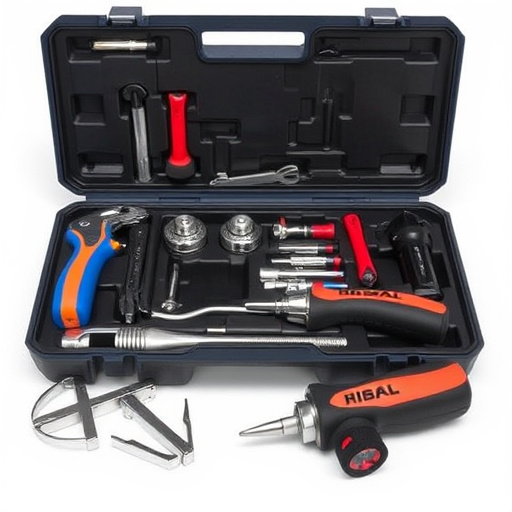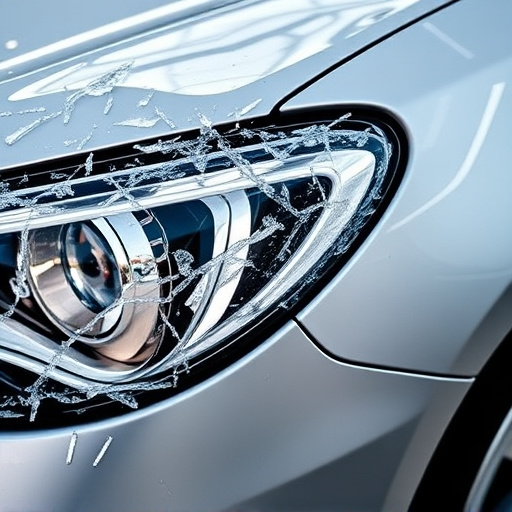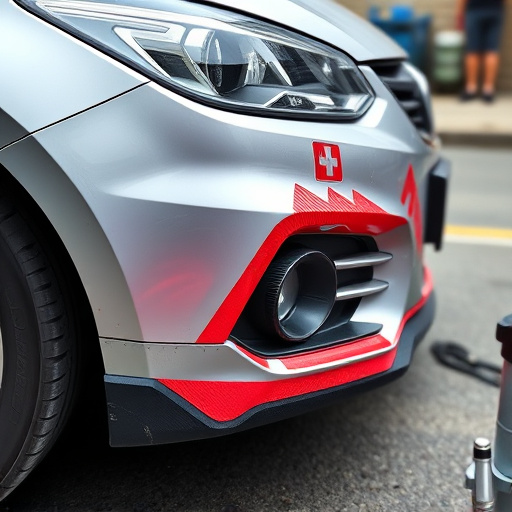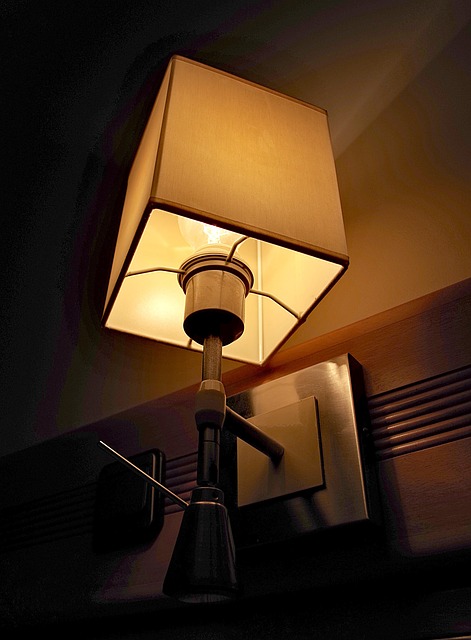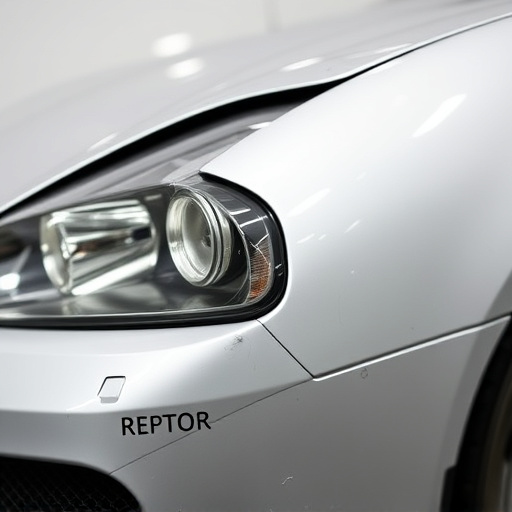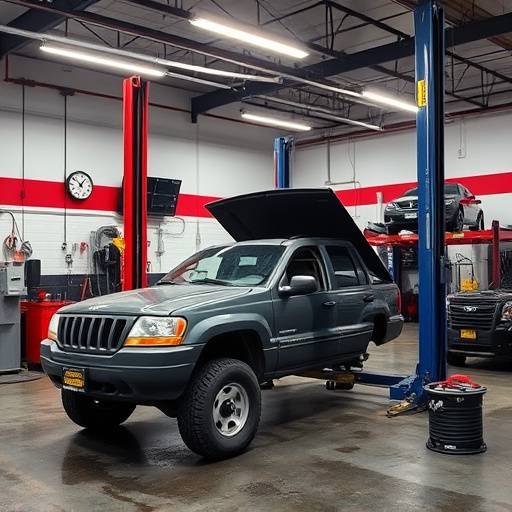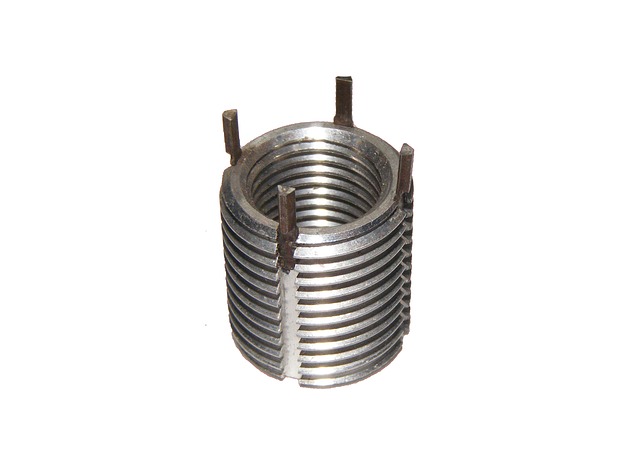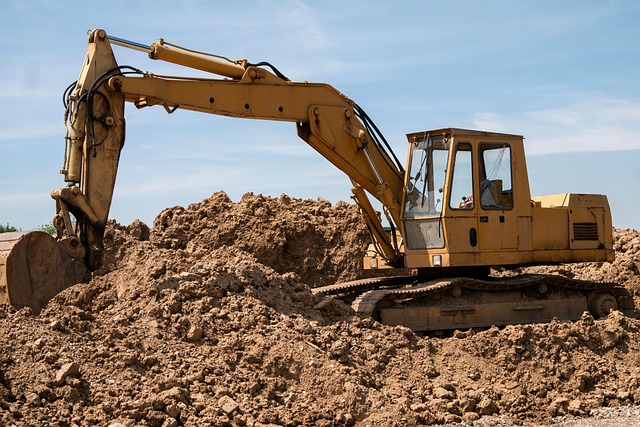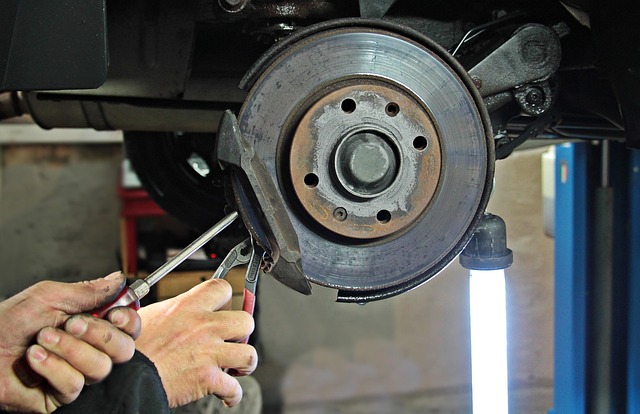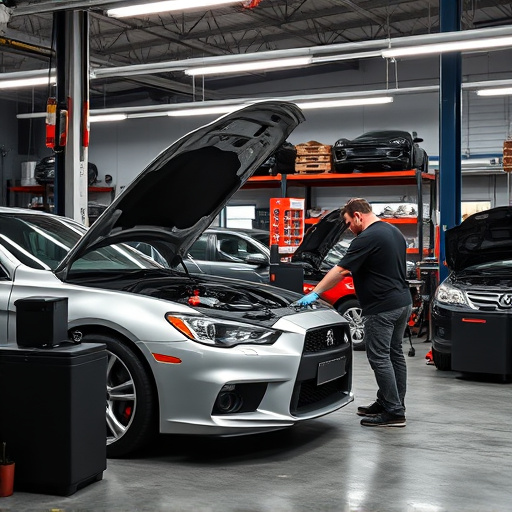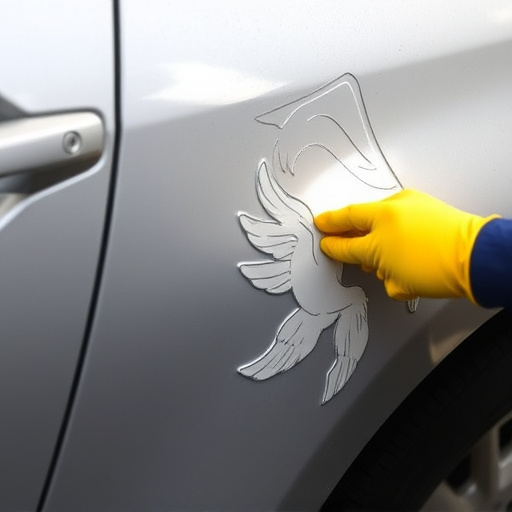Bumpers, vital for car protection and safety features, degrade over time due to wear and damage. Bumper restoration goes beyond aesthetics, involving structural repairs and sensor assessments/replacements to ensure critical safety systems like collision detection and adaptive cruise control function properly. Incorporating modern sensors enhances road safety, prevents future issues, and ensures a restored vehicle looks good while offering enhanced technological capabilities.
Considering a full bumper restoration? Know that it might involve more than just cosmetic repairs. Bumper damage can expose hidden vulnerabilities, especially with integrated sensors crucial for safety features like reverse parking aid and collision avoidance. This article explores the scope of comprehensive bumper restoration, emphasizing the benefits of replacing sensors as part of the process to ensure optimal performance and enhanced vehicle safety. Learn why this step is often key to a truly revitalized look and improved driving experience.
- Understanding Bumper Damage and Sensor Importance
- The Scope of Full Bumper Restoration
- Benefits of Replacing Sensors During Restoration
Understanding Bumper Damage and Sensor Importance

Bumpers are a car’s first line of defense against potential damage, absorbing impacts and protecting the vehicle’s frame and other essential components during collisions. Over time, however, they can sustain significant wear and tear from road debris, weather conditions, and everyday use, leading to cracks, dents, and even complete structural failure. When considering a bumper restoration, it’s crucial to understand the extent of the damage, especially if sensors are involved.
Sensors embedded in modern vehicles play a vital role in safety systems like collision detection, parking aids, and adaptive cruise control. These sensors help the vehicle navigate and respond to its surroundings, ensuring the safety of both passengers and pedestrians. In the event of a collision or severe bumper damage, these sensors may be affected or rendered inoperable, necessitating replacement as part of a comprehensive bumper restoration process at a trusted collision center. This is where frame straightening and auto body restoration techniques come into play, aiming to not only repair visible dents but also ensure that all critical sensors function optimally, enhancing the vehicle’s overall safety features.
The Scope of Full Bumper Restoration

A full bumper restoration goes beyond mere aesthetics; it involves a comprehensive process that can extend the lifespan of your vehicle’s front or rear guard. This intricate procedure includes meticulous inspection and replacement of various components, ensuring both functionality and visual appeal. Depending on the extent of damage, auto body services may include disassembling the bumper to access and repair or replace underlying structures, brackets, and support systems.
In many cases, collision repair services also involve upgrading to modern sensors that enhance safety features. These sensors play a critical role in advanced driver-assistance systems (ADAS), such as lane departure warnings, adaptive cruise control, and automatic emergency braking. By integrating updated sensors during bumper restoration, vehicle bodywork is not just restored to its original condition but also equipped with the latest technological advancements for enhanced road safety.
Benefits of Replacing Sensors During Restoration
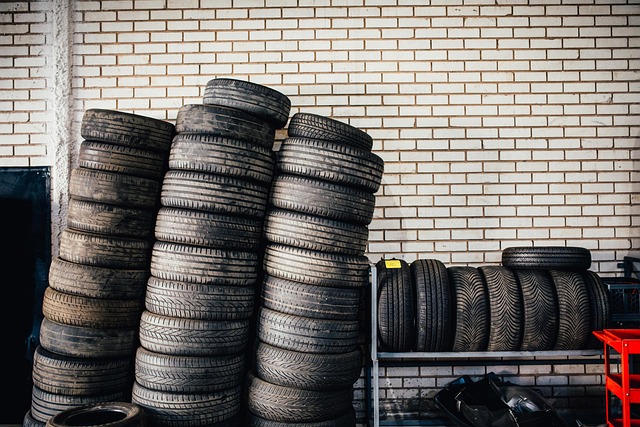
Replacing sensors during a bumper restoration offers several advantages that enhance both functionality and aesthetics. Modern bumpers are equipped with various sensors designed to improve safety features like collision avoidance systems, parking aids, and adaptive cruise control. Over time, these sensors can become damaged or malfunction due to exposure to elements, accidents, or normal wear and tear. By replacing them as part of a bumper restoration, you not only restore the structural integrity of your vehicle but also ensure its advanced safety systems function optimally.
This process is particularly crucial for maintaining the efficiency of auto repair services, especially when addressing car damage repair related to bumpers. Well-maintained sensors contribute to better overall performance and can prevent future issues that may lead to more extensive and costly auto glass repair. Thus, sensor replacements are an integral part of a comprehensive bumper restoration, ensuring your vehicle not only looks like new but also operates at peak safety levels.
In conclusion, a comprehensive bumper restoration is not just about returning your vehicle to its original aesthetic state. It involves addressing potential safety concerns by evaluating and replacing sensors if necessary. This ensures that, beyond looking good as new, your car is equipped with the most up-to-date and functional sensor technology, enhancing both performance and safety during every drive. Remember, a thorough understanding of bumper damage and the benefits of sensor replacements can significantly contribute to a successful bumper restoration process.
